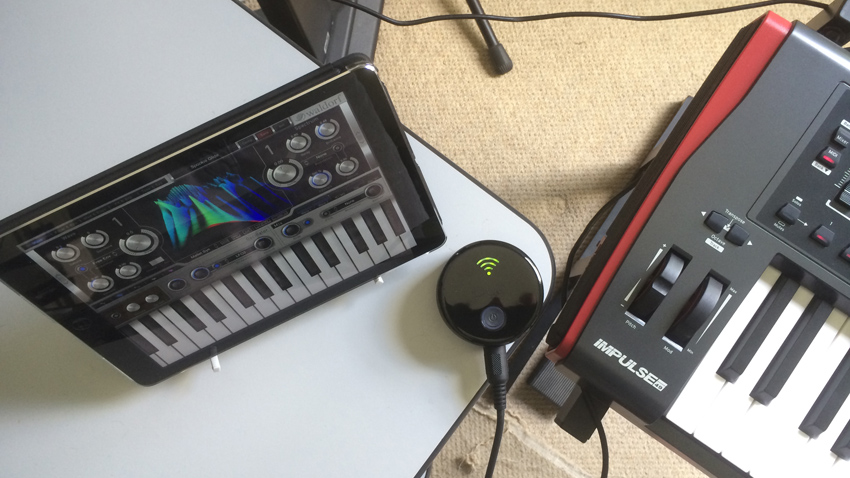Will wireless MIDI and audio replace cables anytime soon?
A selection of hi-tech music making experts ponder the question

With the rest of the technology world going wireless, we asked a selection of hi-tech music making gear companies if our studios will soon be completely free of cables.
IK Multimedia
"In my opinion, it will not happen anytime soon. The reasons for this are various: the current state of the technology (ie, Bluetooth latency) and its cost; worldwide regulations on RF products preventing small- to mid-size manufacturers (like the majority in the MI industry) having enough resources to afford the certification processes that are required (and which differ in each country); and that, given the size of home studios, wireless solutions are not needed as much as in the stage situation."
Enrico Iori, CEO
Molten Music Technology
"I think the iPad has demonstrated how easily a wireless device can be integrated into a studio setup for control data. For audio, wireless technology's biggest hurdles are latency and quality, and I'm not convinced that wires are always a problem looking for that kind of solution. Ideas like RedNet help rein in cabling nightmares, and perhaps a more robust USB standard which carries power and data is more helpful than removing cables - we'll always need power.
"To answer the question, I don't think they need to."
Robin Vincent
FXpansion
"For hobbyist studios, perhaps; for pro studios, no. The total bandwidth requirement is huge, some gear is sensitive to RF interference, and much of people's best-loved equipment pre-dates digital electronics, never mind wireless.
"Perhaps a more important question is: once your setup moves beyond entry level (laptop, speakers, a controller or two), does leaving wires behind actually make managing connectivity any easier or more flexible?"
Angus Hewlett, CEO
Focusrite
"Making a wireless studio a reality may prove very difficult. To create a credible network of wireless audio devices, a round-trip latency below 9ms is required. Currently, this is only possible with RF systems, which can exhibit round-trip latencies as low as 6ms yet are too large and expensive for most applications.
Want all the hottest music and gear news, reviews, deals, features and more, direct to your inbox? Sign up here.
"The alternatives - lower-cost wireless solutions like Bluetooth - have very high latencies. The studio audio market is a niche and lacks the investment power to set the agenda for Bluetooth latency targets. My guess is that the low-latency cableless studio is going to be a long time coming."
Rob Jenkins, Director of Product Strategy
Zivix
"Wireless technology has made incredible progress. At Zivix, we see a hybrid studio becoming more prevalent in the future. Wireless technology will pave the way for much more mobile studios, giving access to music creation to a much broader audience, which is great.
"At the same time, there will always be a certain gravitas to the traditional, full studio setup, and we don't see those hallowed spaces completely going away."
Chris Heille, Music Product Specialist
This article originally appeared in Computer Music issue 206, which is on sale now.


Computer Music magazine is the world’s best selling publication dedicated solely to making great music with your Mac or PC computer. Each issue it brings its lucky readers the best in cutting-edge tutorials, need-to-know, expert software reviews and even all the tools you actually need to make great music today, courtesy of our legendary CM Plugin Suite.
